Embark on a journey through India, a land rich in diversity and history. In this article, we uncover some of the most intriguing fun facts about India, a country where ancient traditions meet modern dynamism. India’s landscapes are as varied as its cultural tapestry, from the majestic Himalayas to the serene backwaters. Discover the unique quirks of a nation where cricket is a passion, spirituality is woven into the fabric of everyday life, and culinary delights await at every corner. Whether you’re a globe-trotter or a curious reader, these insights into India’s vibrant culture and heritage will captivate and educate you. Let’s dive into the heart of India’s fascinating story.”
Interesting Facts About India
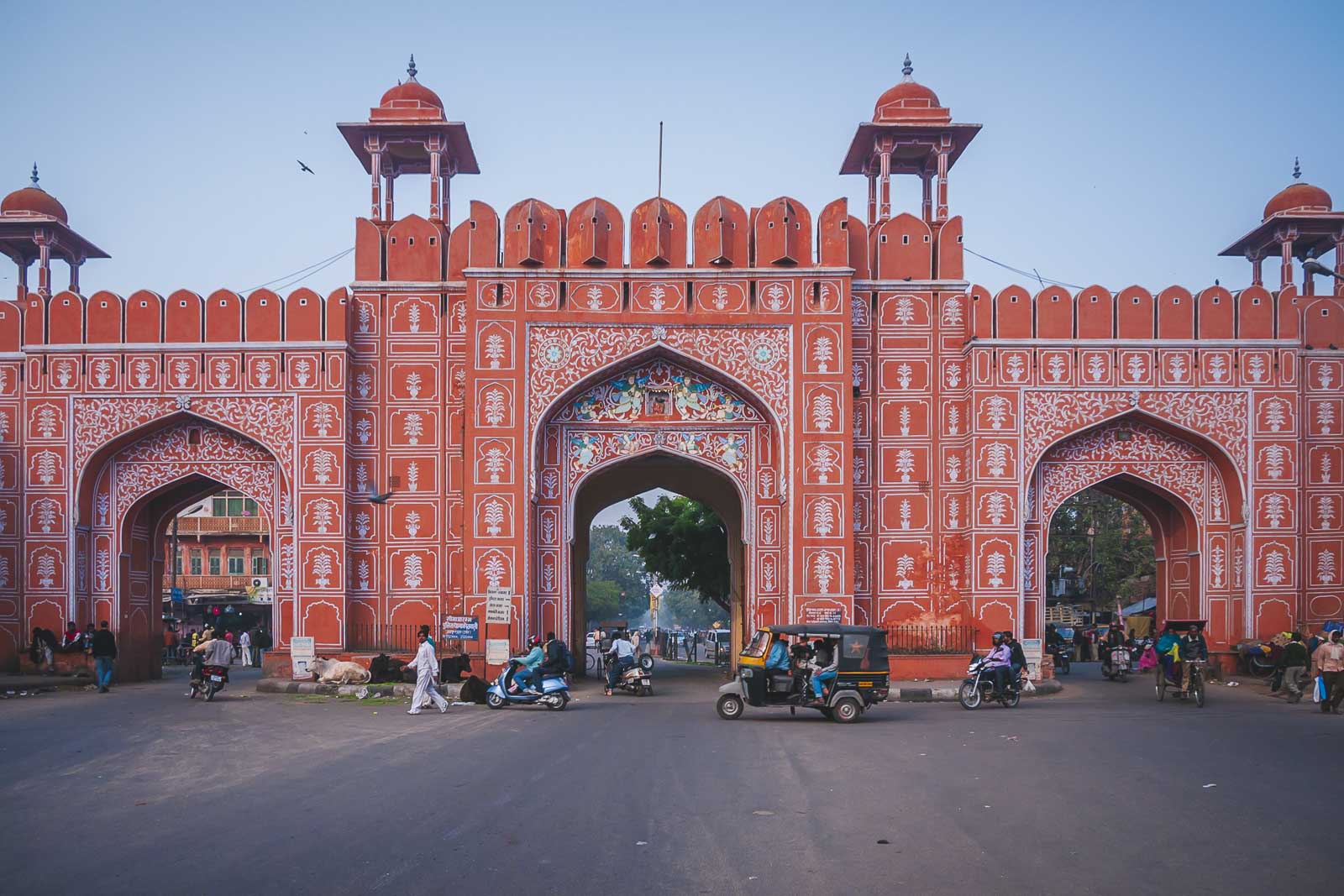
With a huge population, varying landscapes, and bustling cities, India is one place you must visit more than once. This country is constantly changing, which is one reason we find it so exciting. Dive into these cool and interesting facts about a country that should be on your bucket list.
About India
First, let’s examine a few interesting facts about India to get acquainted with the country. Located in Asia, India has recently moved from the second-most populous country to number 1, with a population of 1.4 billion. The capital city of India is New Delhi, which has a staggering population of 32,941,000. India is a large country bordering five countries: Pakistan, Bangladesh, Bhutan, Nepal, China, and Myanmar. So, now that you know some of the statistics, let’s look at some of the more interesting India facts.
1. Sacred Cows
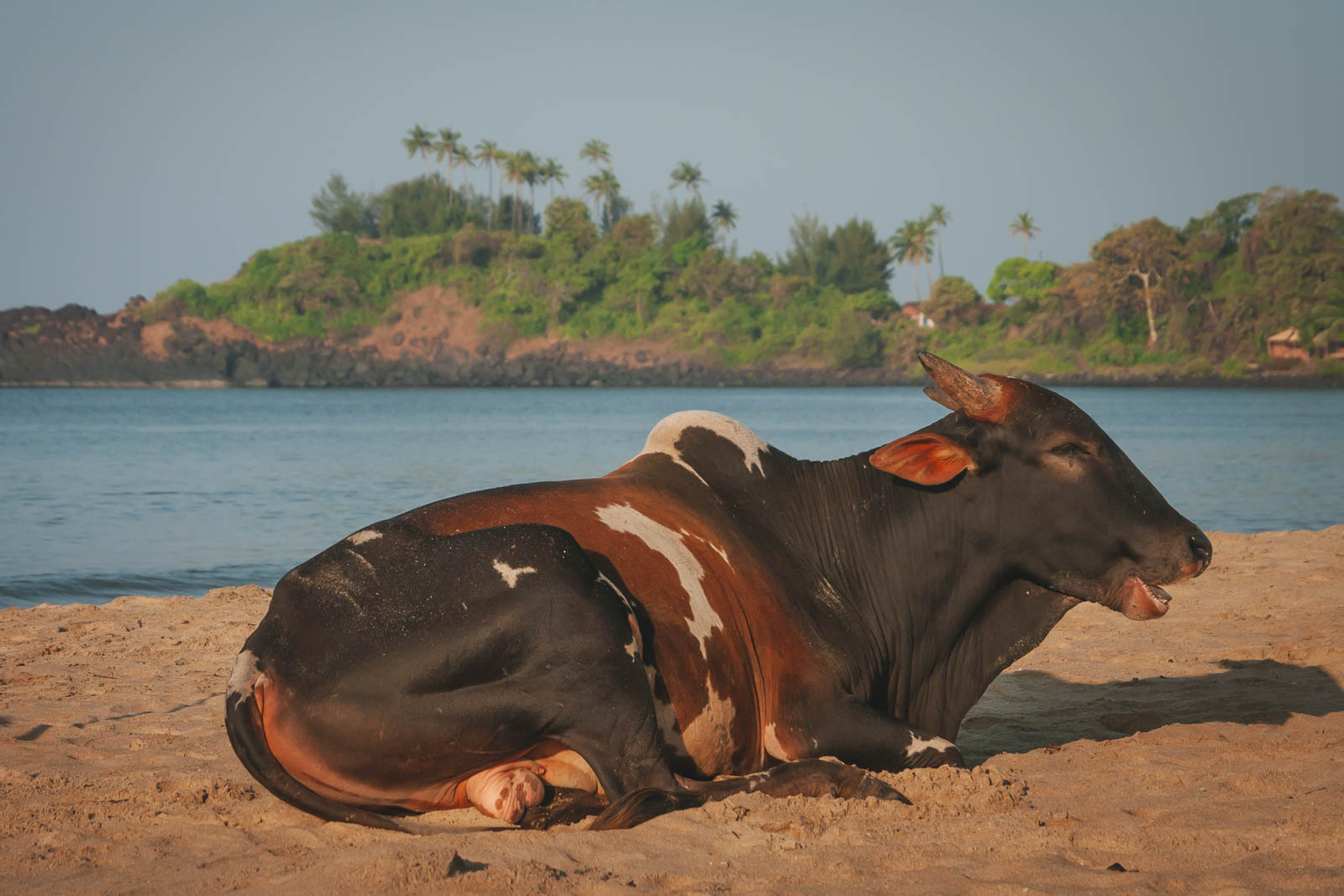
In Hinduism, it’s believed that cows are holy creatures. In India, this makes cattle sacred, protecting them from the Constitution. Killing or selling any cow is illegal and can result in life imprisonment.
In West Bengal, cows must have a photo ID card, making it one of the most surprising facts about India. They’re issued identification to battle cattle trafficking from West Bengal to Bangladesh. More recently, the discovery of a cow smuggling tunnel caused an extensive crackdown on cattle security.
2. The Bengal Tiger is India’s National Animal
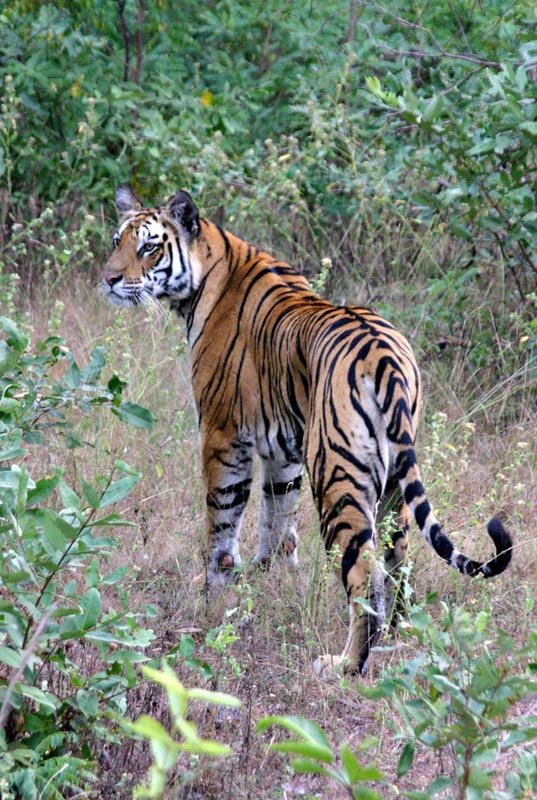
The cow may be sacred, but the national animal of India is actually the tiger. The tiger symbolizes power, strength, and elegance, revered in India’s cultural heritage. This apex predator plays a crucial role in maintaining the delicate balance of India’s ecosystems. India’s commitment to tiger conservation has seen significant successes, with initiatives like Project Tiger contributing to a steady increase in the tiger population, a testament to conservation efforts. As the national animal, the tiger embodies the spirit of wild India, inspiring awe and respect in equal measure.
And since we are on the topic of national animals, the national bird of India is the peacock, and the national flower of India is the Lotus. Read more: Wildlife conservation in India, safeguarding the future
3. Many Mosques & Hindu Temples
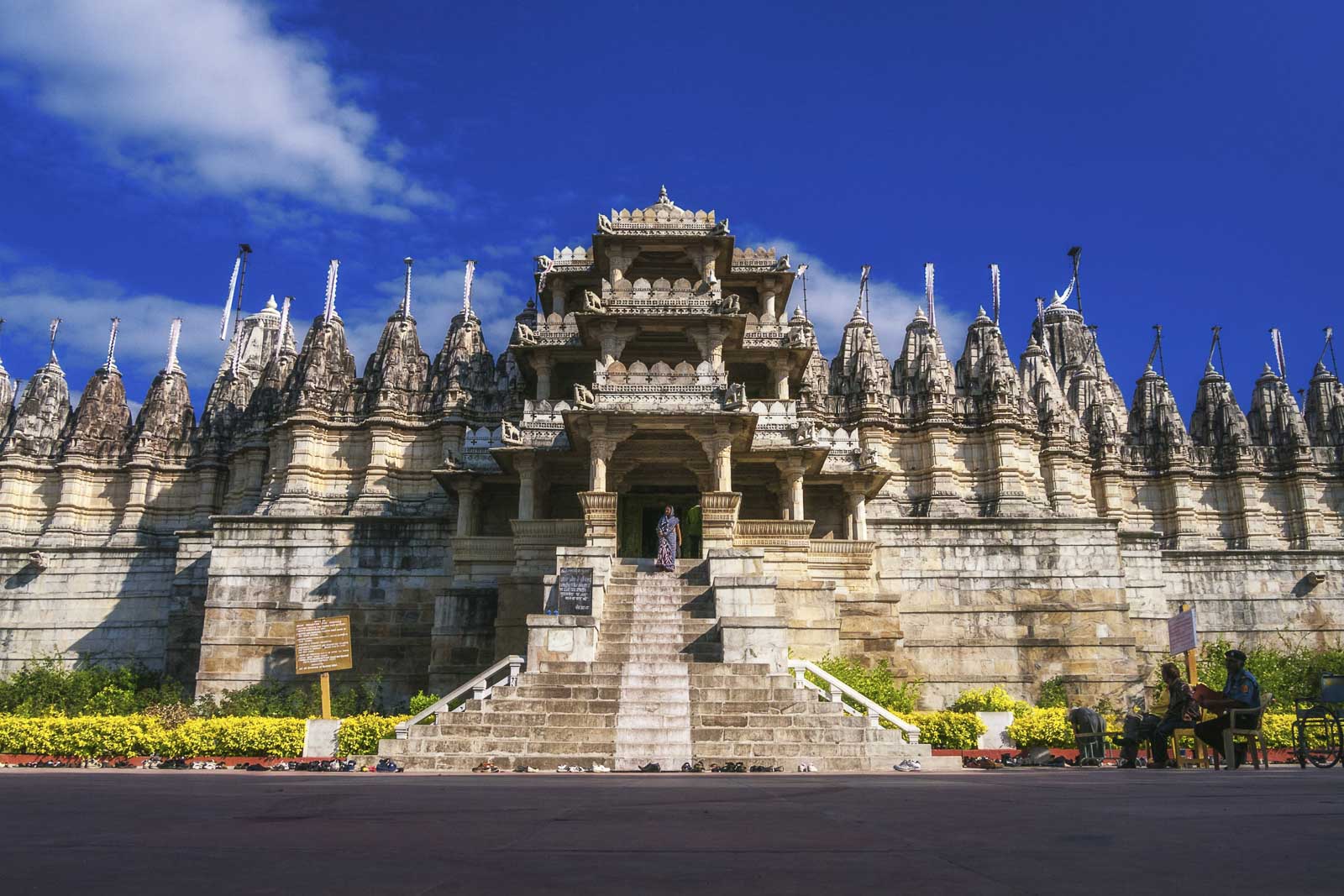
Since almost 80% of India’s population practices Hinduism, you can find their temples just about anywhere. Throughout the country, there are over two million Hindu temples. The holy city, Varanasi, is home to 23,000 temples on its own.
Islam is another prominent religion commonly practiced, with a 15% Muslim population. Mosques can be small in size or famously large and are found all over the country. Other religions include Buddhism, Jainism, and Sikhism, and there are temples for these religions throughout the country as well. Read more: Golden Temple of Amritsar – India’s Shining Star
4. Shampoo was Invented in India
One of India’s lesser-known yet fascinating contributions to the world is the invention of shampoo. This ubiquitous hair care product traces its origins back to ancient India, where cleansing hair was known as “champu,” derived from the Sanskrit word “champu,” meaning to massage or knead.
The traditional Indian method used natural herbs and extracts, such as amla and reetha, to gently cleanse and nourish the hair. This age-old technique laid the foundation for modern shampoo, revolutionizing hair care across the globe.
5. The World’s Largest Sundial is in India
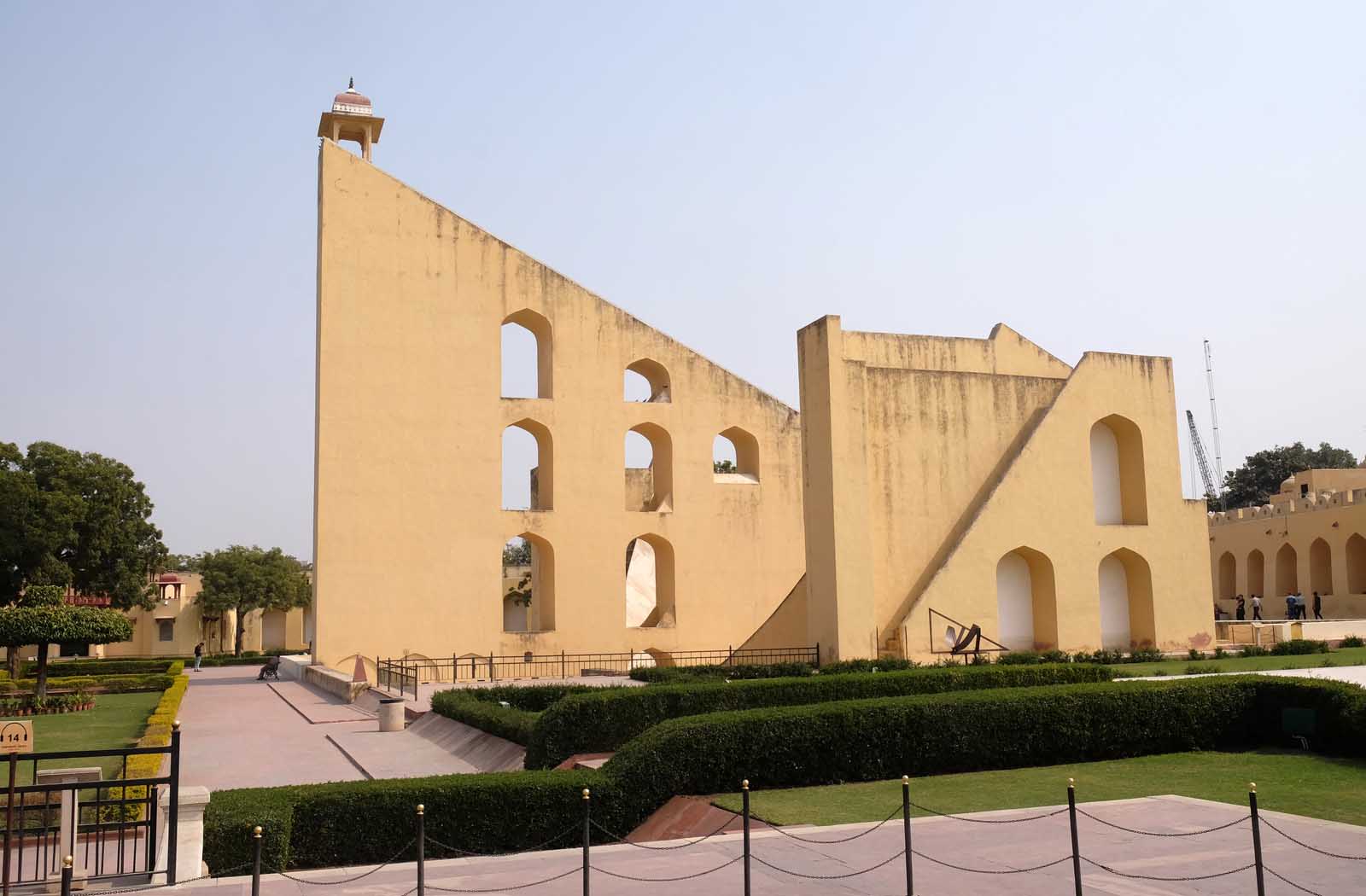
India, a land of architectural marvels and scientific wonders, is home to the world’s largest sundial in Jaipur. This colossal time-telling structure, known as the Samrat Yantra, is part of the Jantar Mantar observatory, a UNESCO World Heritage Site.
Towering at a height of 27 meters, the Samrat Yantra is an impressive example of 18th-century astronomical skill. Built by Maharaja Sawai Jai Singh II, it accurately measures time to a precision of two seconds, a remarkable feat for its time. The Samrat Yantra is a must-visit for those interested in science, history, and India’s unique blend of both.
6. First Mined Diamonds
Among the most historical facts about India is that it was the first country to mine and produce diamonds. Mining in India dates back to the 4th century BC and lasted about 1,000 years before others started mining them.
The first diamonds found in India came from the Krishna River Delta. Later, diamond discoveries appeared in Brazil and South Africa, adding to the diamond market.
7. Different Languages
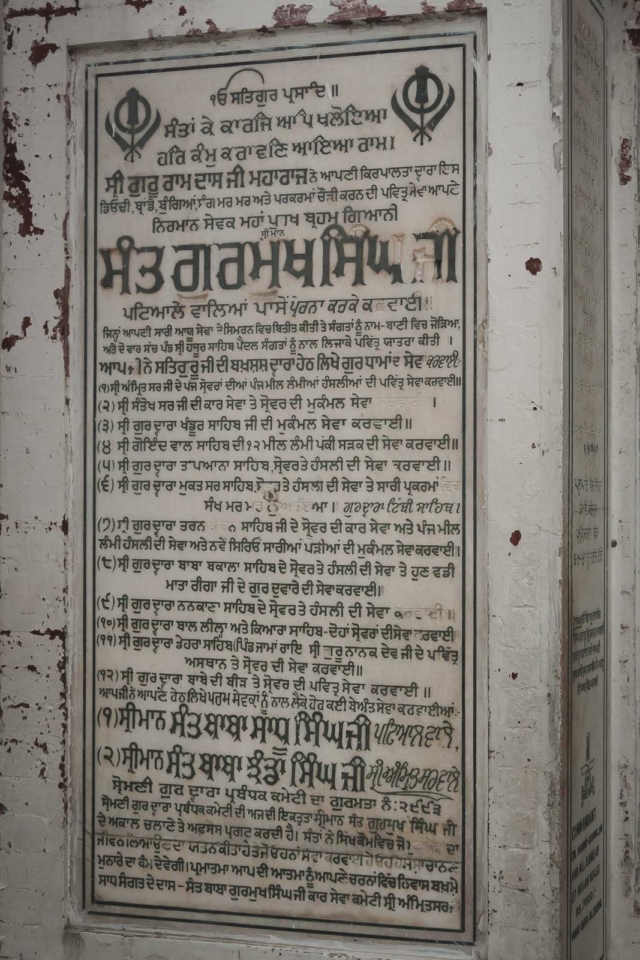
India recognizes Hindi and English as their official languages. However, they also recognize 20 other languages spoken across the country. Some of these languages include Santali, Kashmiri, Bengali, Tamil, and Urdu.
India is the second-largest English-speaking country, falling directly behind the United States. The “mother of all languages” is Sanskrit, which is now practiced by less than 1% of Indians.
8. North Sentinel Island is Untouched
North Sentinel Island is home to the Sentinelese, an indigenous people of India. The Sentinelese people prefer to be left alone and do not want to be bothered by foreigners. They have even violently defended themselves against outsiders before.
These reasons make this island one of the only remaining places untouched by the outside world. The government has forbidden anyone to go within three miles of North Sentinel Island.
9. Largest Population
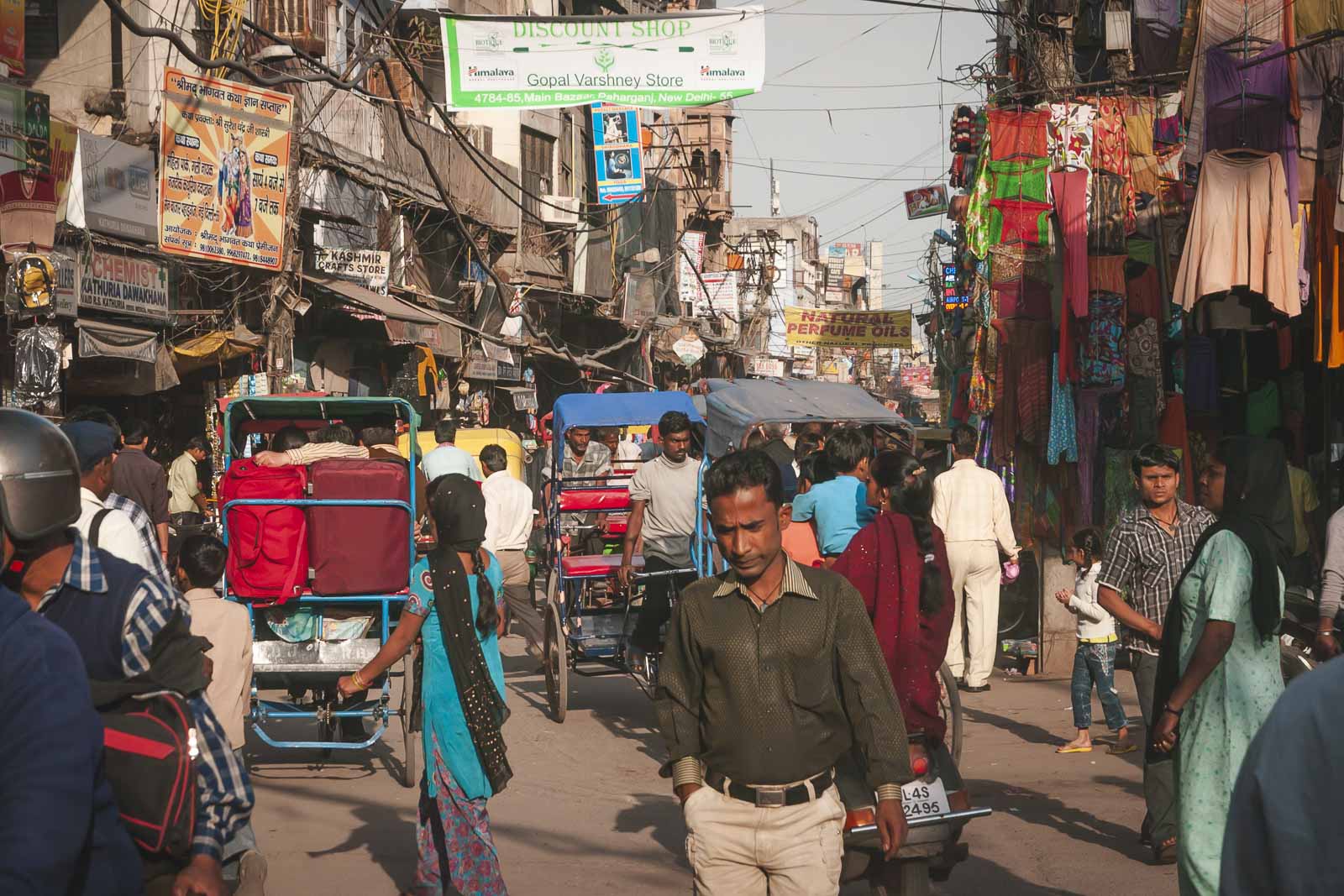
China had the largest population in the world, with 1.398 billion people, but in 2023, India took that crown and is no longer the second-largest population. They have inched out China with 1.4+ billion people living there, growing daily. Read more: India Travel Tips for First-Time Travellers
10. Mawsynram, Meghalaya
The Meghalaya village of Mawsynram is the wettest inhabited place on earth. It has won the Guinness world record for this title, with approximately 11,873 milliliters of rain each year. This large amount of rainfall is due to its proximity to the Bay of Bengal.
In this area, the monsoon season lasts six months, from June to September. Rain can last for days during this season, and flooding is almost always inevitable.
11. World’s Only Floating Post Office
We have been to some pretty cool post offices in our time, from Antarctica to the Arctic, and India has its own unique post office. In the heart of Srinagar, Kashmir, India, proudly hosts a unique marvel: the world’s only floating post office. Nestled on the serene Dal Lake, this post office is not just a functional entity but also a symbol of innovation and uniqueness.
Operating from a beautifully carved houseboat, it offers a full range of postal services while floating gently on the picturesque lake. Established in August 2011, this extraordinary post office has become a significant tourist attraction, drawing visitors from across the globe.
Visitors to this floating post office can send postcards and letters, which receive a special insignia, making them cherished souvenirs
12. Large Spice Production
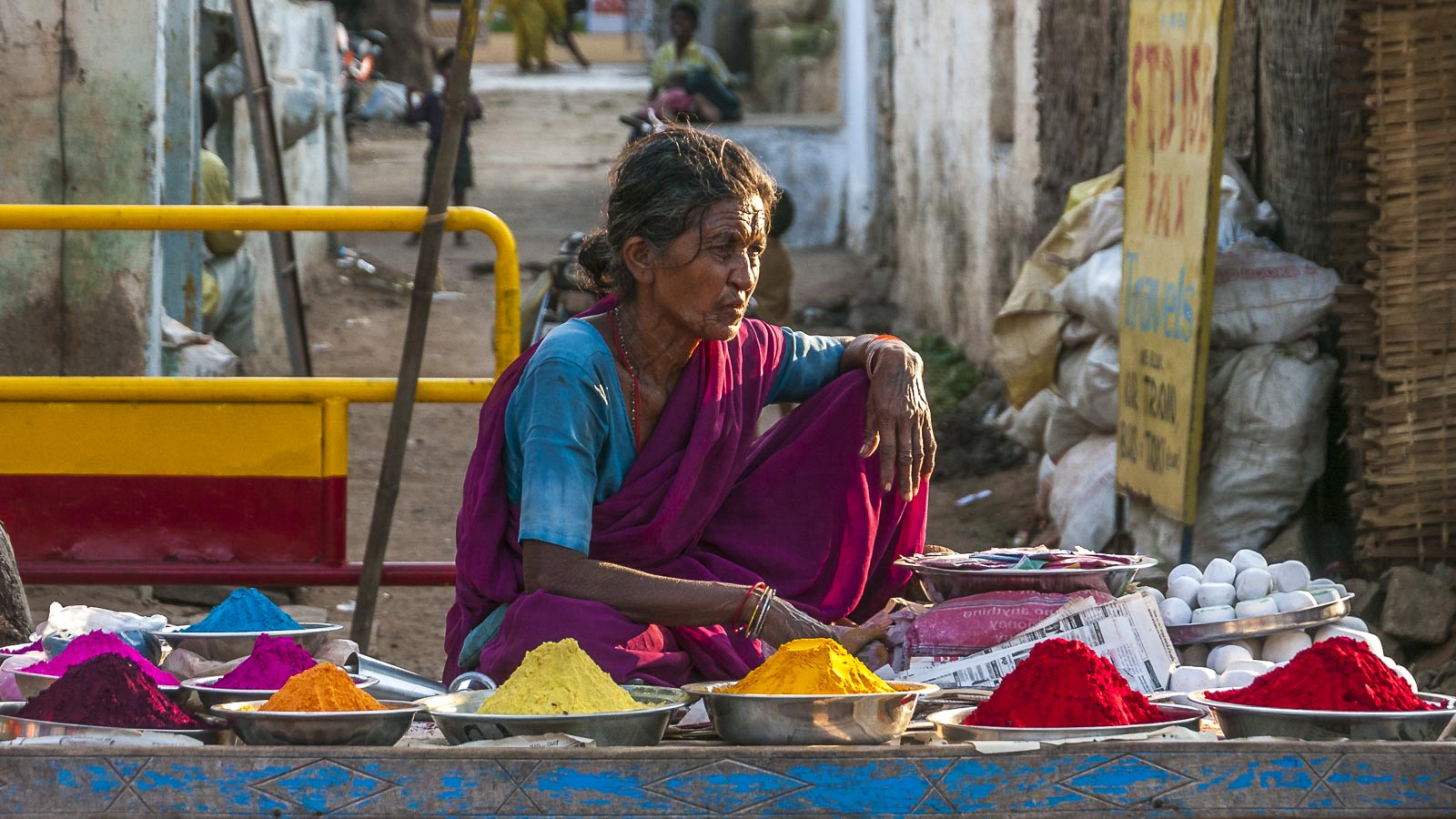
One of the most surprising facts about India is that it takes the title for producing the world’s most spices. Approximately 70% of the world’s spices come from India. The country then ships them worldwide to restaurants, kitchens, and stores.
Most of the spices in your pantry most likely came from India. The most popular of these spices include cumin, saffron, turmeric, and a variety of chili powders.
13. Most Vegetarians
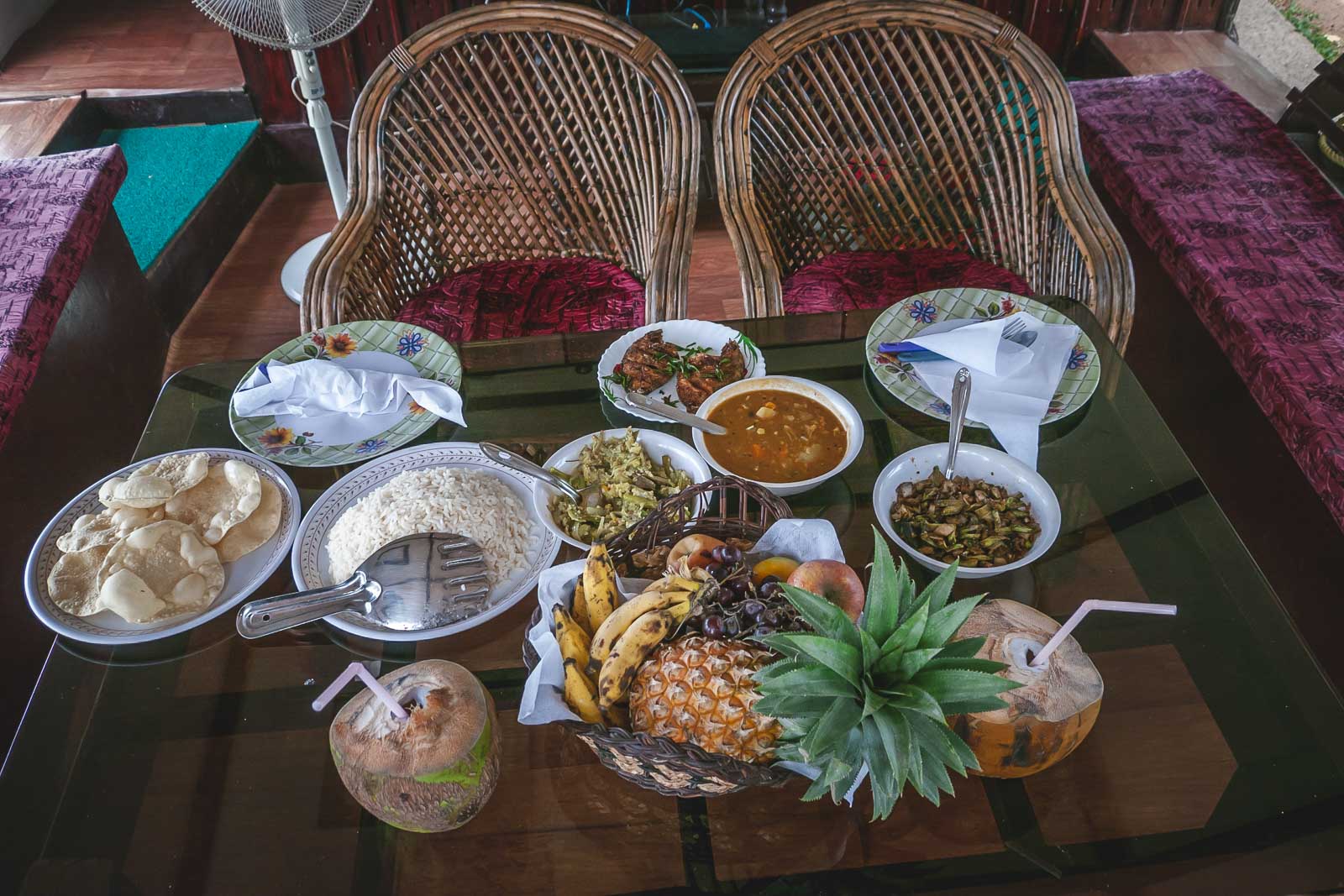
India has the largest population of vegetarians in the world. Due to religious or personal reasons, 20-40% of Indians do not eat meat. Hinduism and Jainism are two of the most significant religions that practice vegetarianism in India.
Many others choose to only eat fish instead of land animals. Vegetarianism is so widely practiced that many chain restaurants have specialized vegetarian menus for their patrons to enjoy. Read more: 24 Best Indian Dishes To Try in India or In An Indian Restaurant
14. Indian Food is Very Popular
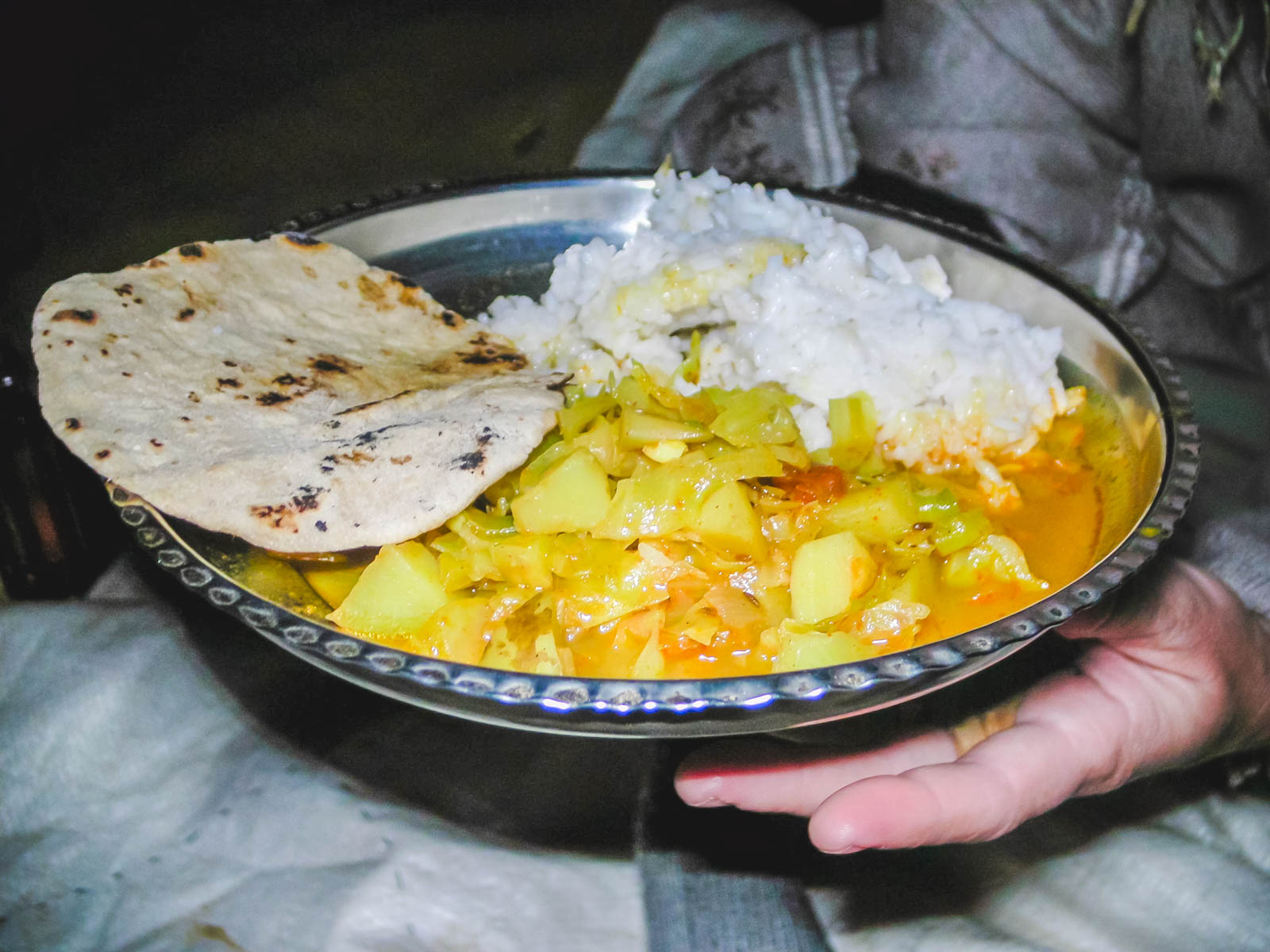
Indian food has gained widespread popularity and is savored by food enthusiasts across the globe. Its unique blend of flavors, spices, and techniques has captivated the international culinary scene.
India street food has become a global sensation, tempting food lovers with its bold flavors and textures. Popular dishes like samosas, chaat, and dosas have found their way onto street food markets and food trucks worldwide, becoming a delicious and accessible taste of India.
Indian restaurants are now graced with illustrious Michelin stars, a prestigious recognition of culinary excellence. From London to New York, acclaimed Indian chefs are impressing discerning palates and elevating Indian cuisine to new heights on the global culinary stage.
From curry houses in England to trendy Indian-fusion eateries in California, the flavors of India continue to enthrall and tantalize taste buds worldwide.
15. Bandra-Worli Sea Link
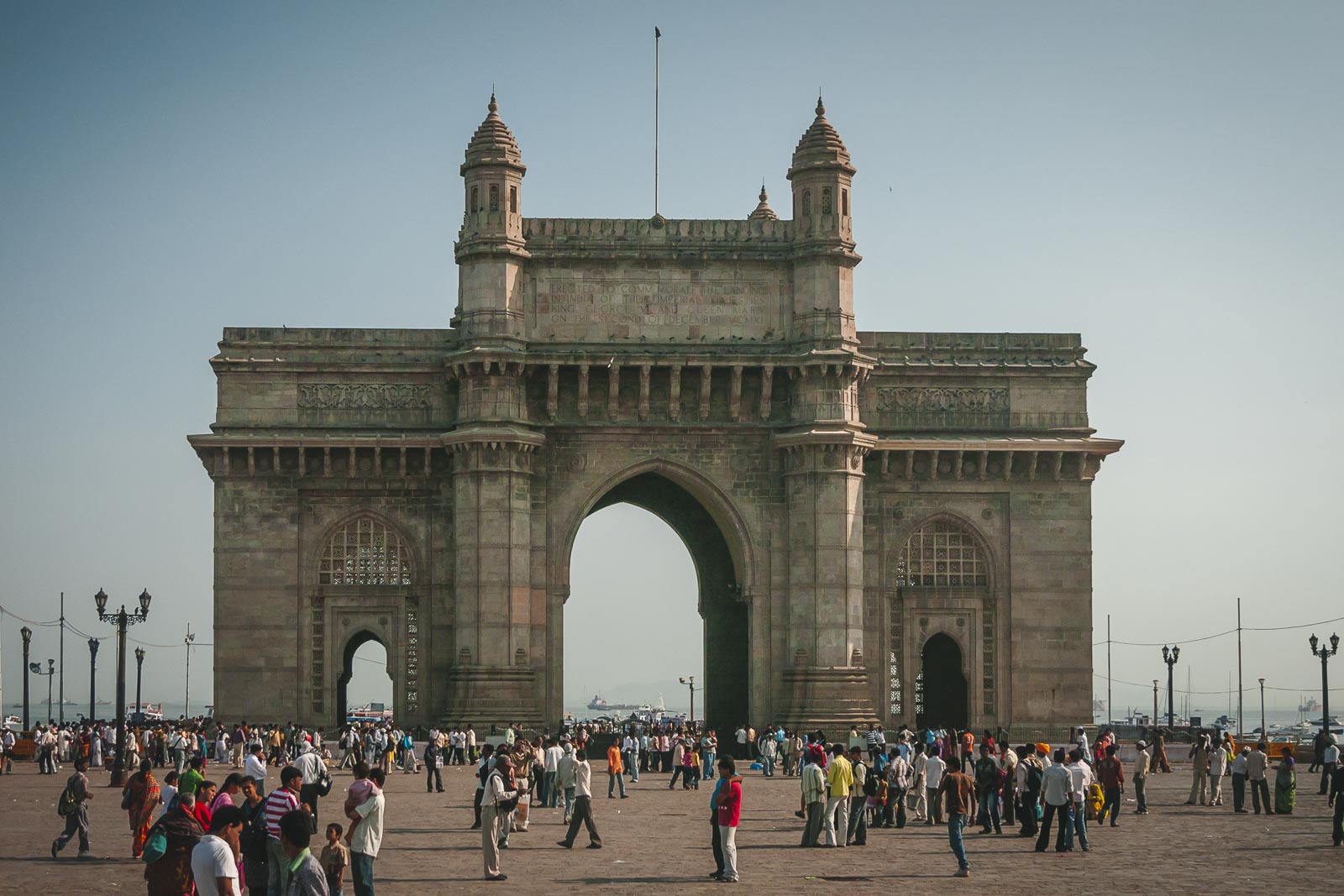
The Bandra-Worli Sea Link is a cable bridge that links the Western Suburbs of Mumbai with South Mumbai. It is an eight-lane freeway that is 3.5 miles long, 66 feet wide, and 413 feet high. After completion in 2010, revelation showed that it needed 90,000 tons of cement to build.
Holding all of that weight are substantial steel cables that hold their share, about 900 tons of weight. A fun fact about these cables is that if they were each laid out end to end, they could wrap around the earth.
16. World’s Largest Family
Ziona, leader of Lalpa Kohhran Thar, was the head of the world’s most prominent family. He practiced polygamy and lived in Mizoram, India. Ziona died on June 13, 2021, at the age of 75.
He had 39 wives, with whom he fathered 94 children. With all the relatives stemming from these marriages, he had 181 family members. The entire family lived in a four-story residence in Mizoram, making it a popular tourist attraction in India. This unique family learned to be self-sustaining by growing their crops, teaching their children, raising livestock, and crafting supplies.
17. Amritsar Golden Temple
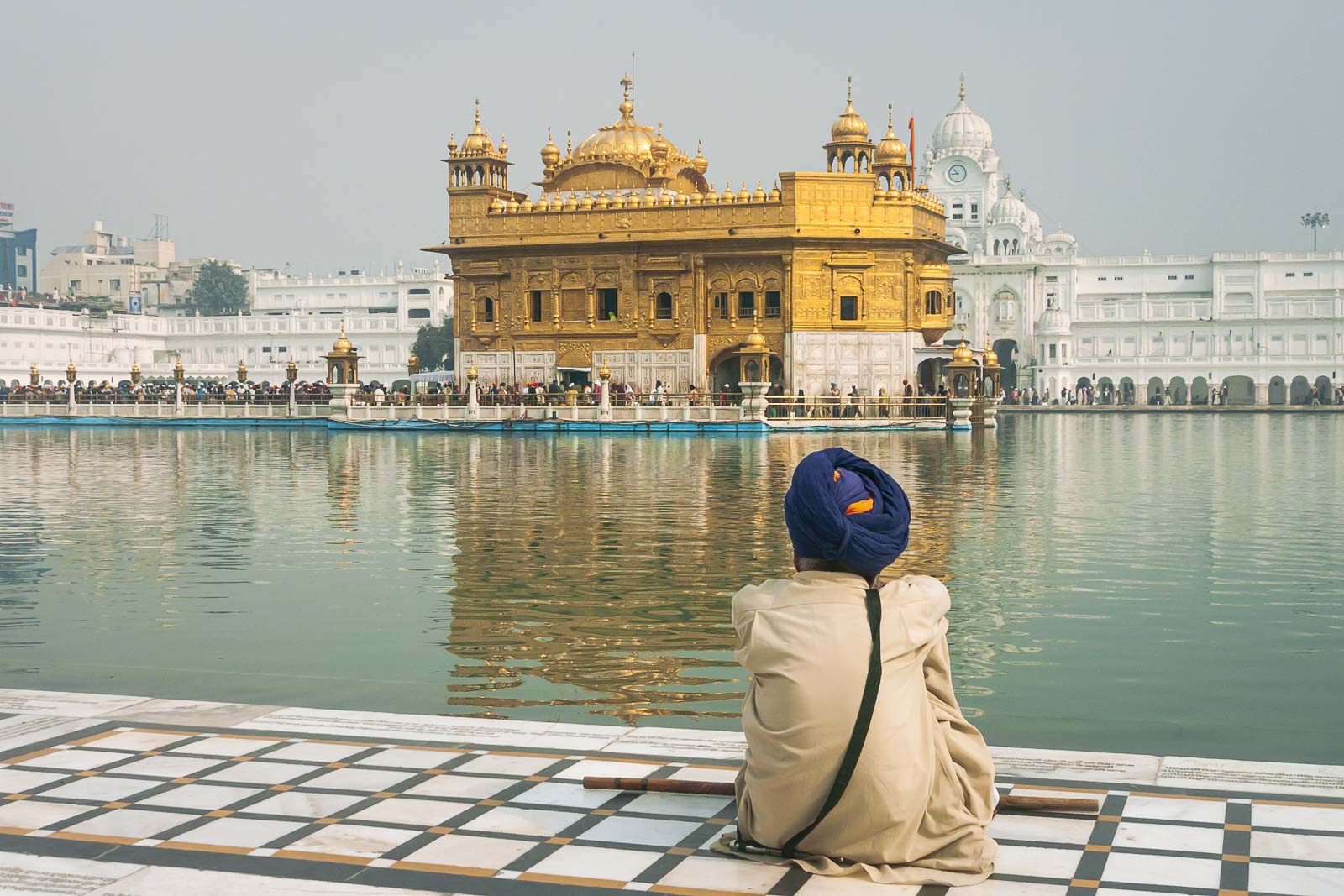
The Amritsar Golden Temple can be found in Amritsar, Punjab, and is the holiest site in the Sikhism religion. It is a central religious place for the Sikhs that symbolizes equality and brotherhood for the country.
This temple is commonly known as a site of compassion and generosity for its visitors. Each day, up to 100,000 people receive free food from the temple. No matter what race or religion you practice, you are welcome to join in on the meal.
18. Temple of Rats
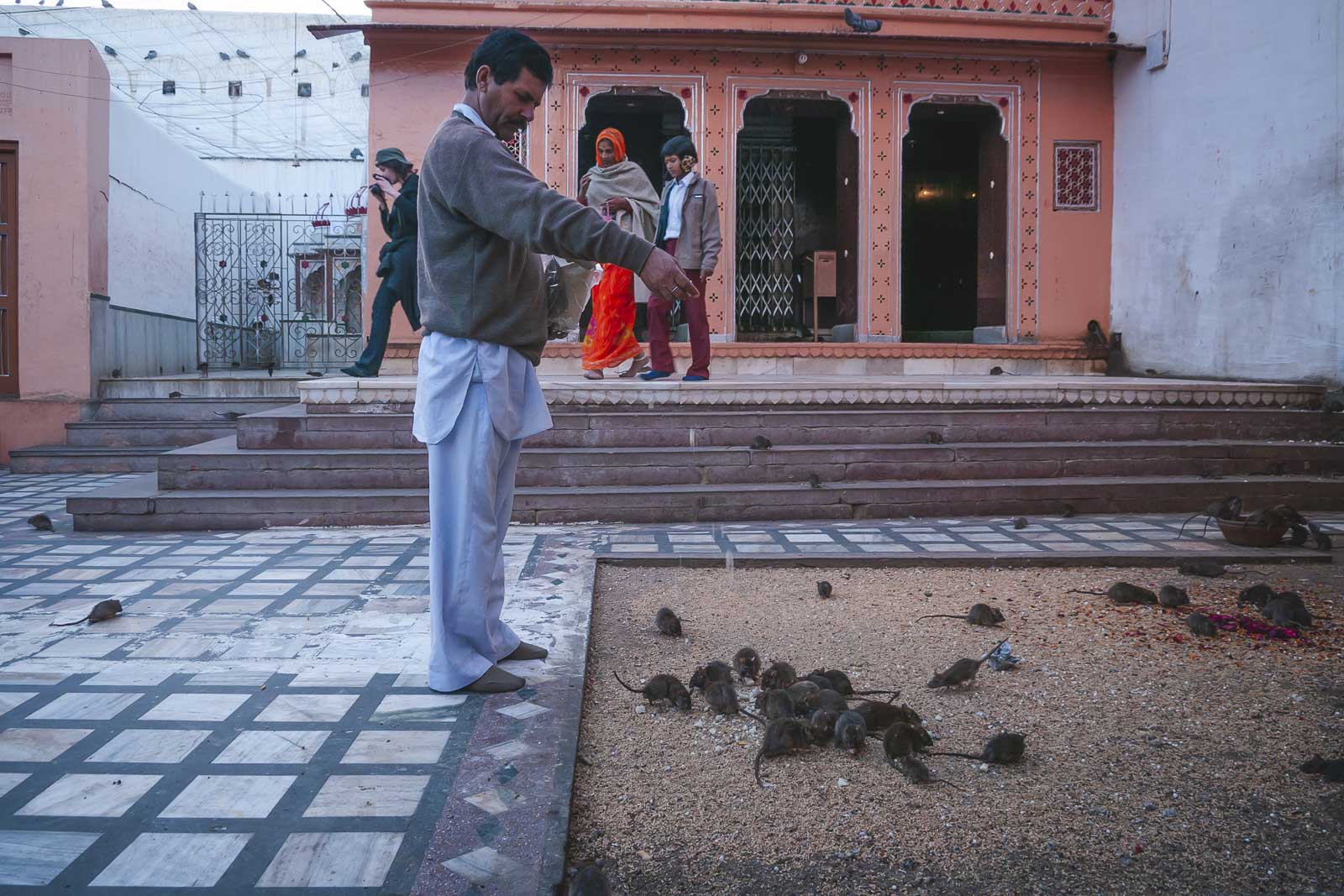
Among the countless temples in India is the Temple of Rats, located in Bikaner, Rajasthan. The Karni Mata Rat Temple is dedicated to the 25,000 rats who inhabit it. Many people flock to see this unique attraction for entertainment, but pilgrims visit it for religious reasons daily.
Rat worship for reincarnation purposes dates back to the 15th century in India. Members of the Depavats family feed and care for the rats located in the temple daily. We have visited this temple; it is one of the strangest experiences we’ve ever had. Read more: Karni Mata Temple – The Rat Temple of Rajasthan
When visiting, be respectful of the religious people and their beliefs. For an optimal view of the rats, visiting late at night or early before the sun rises when they are most active is best.
19. Largest Milk Producer
Among the many cool facts about India is that it also takes the title of being the largest milk producer in the world. Within the last six years, production has grown by 35.61%. This growth has led to 198.4 million tons of milk from 2019-2020.
The government has even overseen specific measures to increase milk and livestock production, ensuring it remains the number one producer. The highest-producing states in the country include Uttar Pradesh, Gujarat, Rajasthan, Punjab, Madhya Pradesh, and Andhra Pradesh.
20. Chai is the National Drink
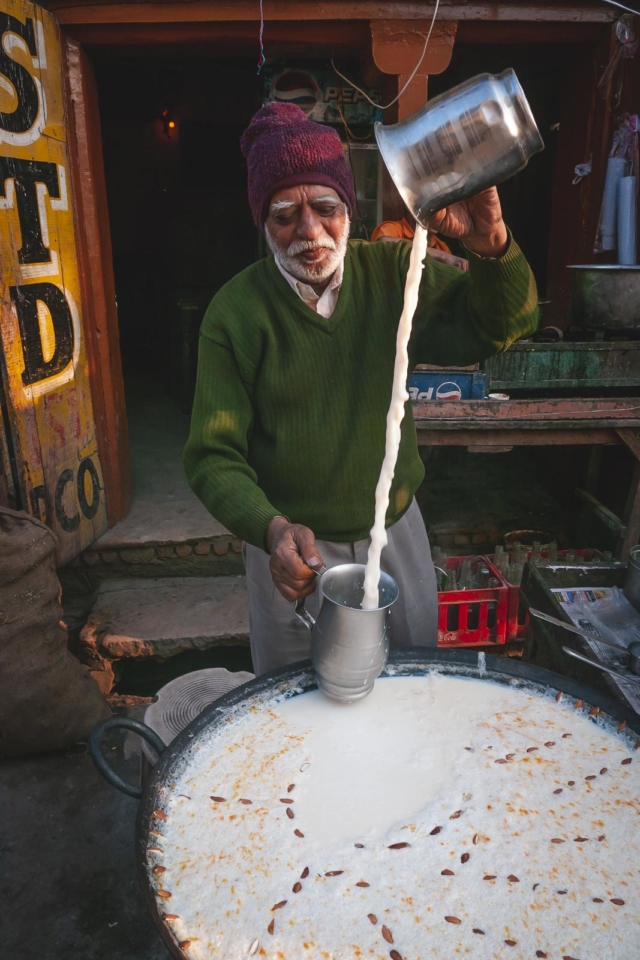
Chai, the aromatic and heartwarming beverage, holds a special place in the hearts of millions in India and is often revered as the country’s national drink. This traditional Indian tea, a harmonious blend of black tea, milk, sugar, and a variety of spices like cardamom, cloves, ginger, and cinnamon, is more than just a drink in India—it’s an integral part of daily life and culture.
Chai stalls, found at every street corner, bustling train stations, and busy markets, are social hubs where people from all walks of life gather to discuss everything from politics to local gossip, all over a steaming cup of chai. The popularity of chai transcends regional boundaries, making it a unifying factor in a country as diverse as India.
21. Magnetic Hill
One of the most unique Indian facts deals with the Magnetic Hill, located 19 miles away from the town of Leh. This hill is popular with locals and tourists as they wish to experience the confusing phenomenon.
The hill appears to have an upward slope that allows you to travel “uphill” while your car is neutral. Signs are placed along the slope, giving you the proper instructions on how to experience its wonder.
As impressive as this Magnetic Hill sounds, it is an optical illusion formed from the landscape. It occurs because the horizon is obstructed, making it hard to differentiate between slopes. There are also no flat surfaces to compare upwards from downwards visually.
The Rajasthan Institute of Engineering and Technology students tested this theory to find that the magnetic forces were not strong enough to pull anything uphill. Canada has a magnetic hill you can visit in New Brunswick.
The Most Interesting Facts About India
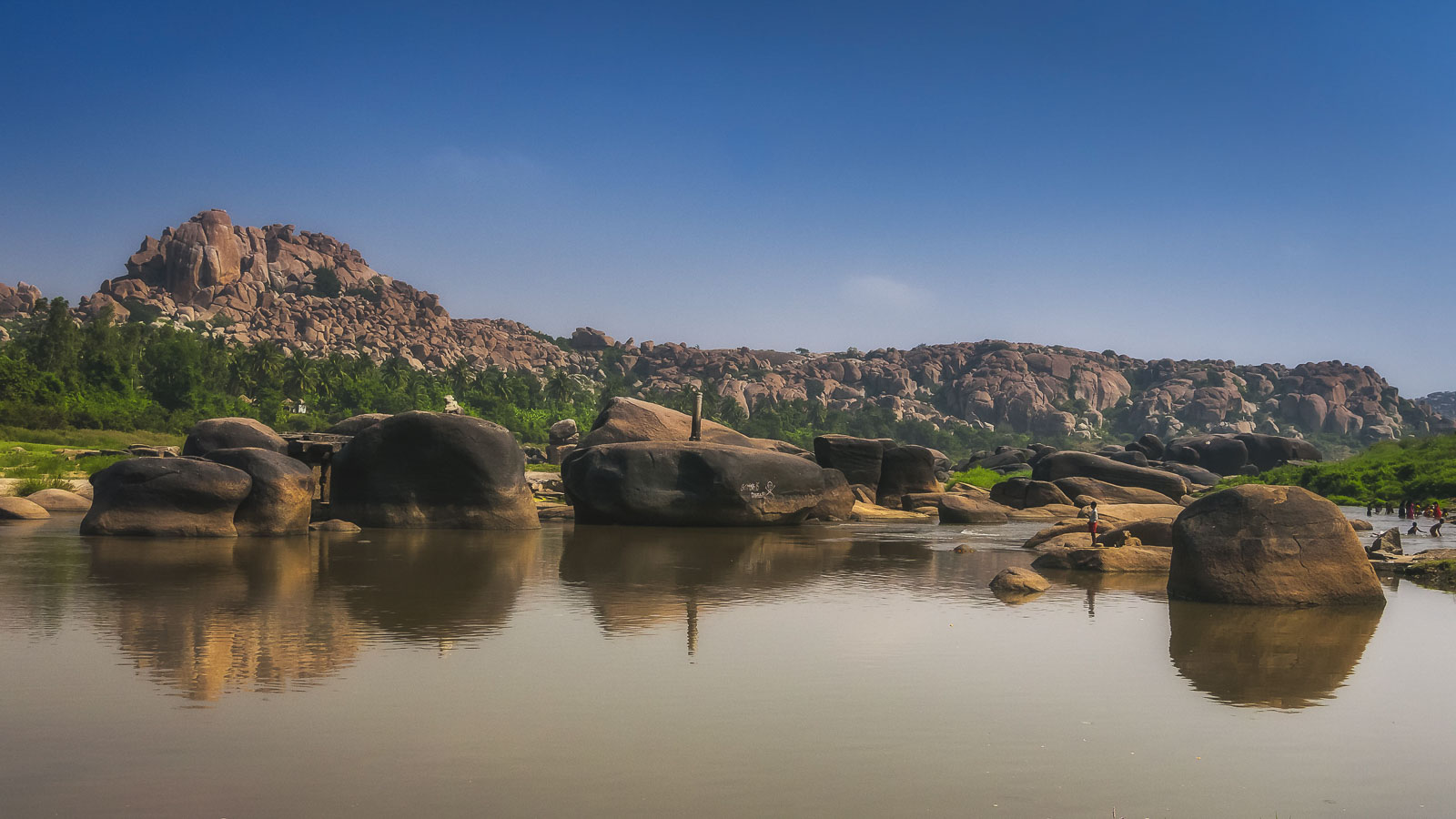
22. India has the highest motorable highway in the world
Venture to the breathtaking heights of Ladakh, and you’ll find yourself on one of the world’s most extraordinary roads. At an astonishing altitude of 5,882 meters (19,300 feet), this road in Ladakh is not just a feat of engineering but a testament to India’s ability to construct infrastructure in the most challenging terrains.
This awe-inspiring road, often regarded as the highest motorable road in the world, offers an unparalleled driving experience, surrounded by the majestic Himalayan peaks and stunning landscapes. It connects remote regions of Ladakh, showcasing India’s commitment to connectivity and infrastructure development, even in its most rugged and inaccessible areas.
23. The Highest Cricket Ground in the World
India is known not only for its cultural heritage and historical landmarks but also for its love of cricket, one of the country’s most popular sports. Nestled amidst the picturesque mountains of Himachal Pradesh lies the world’s highest cricket ground, the Chail Cricket Ground.
Situated at an elevation of 2,444 meters (8,018 feet) above sea level, this unique sporting venue offers an extraordinary experience for players and spectators. The ground boasts a breathtaking backdrop of snow-capped Himalayan peaks, creating a truly enchanting setting for cricket matches.
Built-in the late 19th century, the Chail Cricket Ground was originally a part of the erstwhile Raja of Patiala’s summer retreat. Today, it hosts various inter-school and friendly matches, attracting cricket enthusiasts from all over the region.
So, if you happen to be in Himachal Pradesh, don’t miss the opportunity to visit this unique cricket ground and witness the enthusiasm surrounding the game in India.
24. Snakes and Ladders Was Invented in India
The board game Snakes and Ladders originated in India. It’s an ancient game originally known as Moksha Patam.
25. Lonar Lake – hyper-velocity crater
In the state of Maharashtra is Lonar Lake, a notified National Geo-heritage Monument. It formed about 52,000 years ago when a meteor crashed at its site. This unusual lake is 1 of 4 hyper-velocity craters formed in basaltic rock.
Lonar Lake’s diameter is 3,900 feet, and its depth is 449 feet. Its waters are both saline and alkaline, making it unique. Extensive research has been done on this lake to examine its various characteristics and aspects.
26. India is the 7th Largest Country in the World
India is the seventh largest country in the world by area at 3,287,263 square km.
27. India has a lot of Holidays
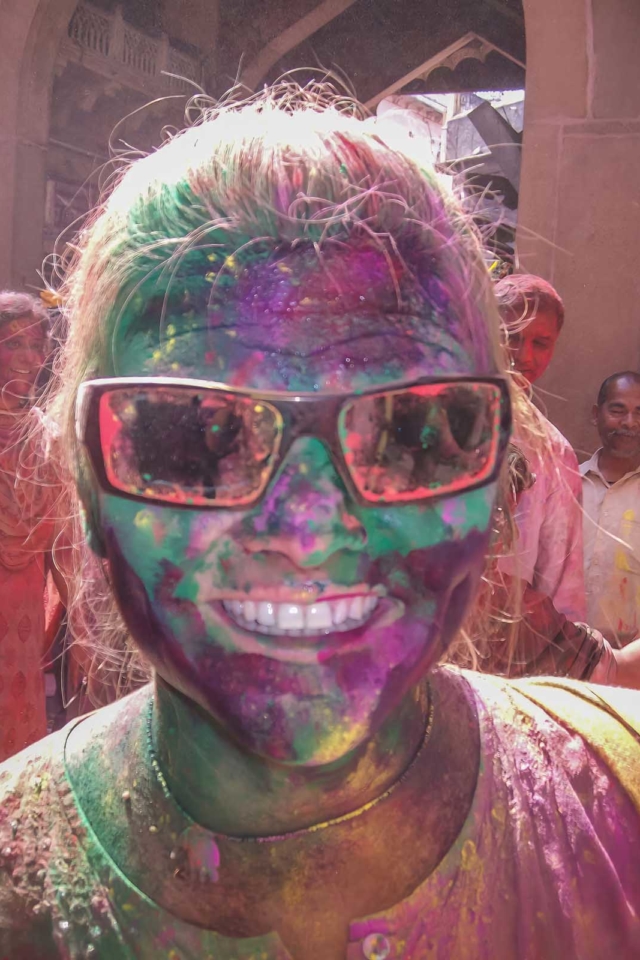
Nationally, there are three holidays observed across the entire country: Republic Day (January 26), Independence Day (August 15), and Mahatma Gandhi’s Birthday (October 2). Apart from these, numerous religious and regional holidays are recognized by different states. These include major festivals like Diwali, Eid, Christmas, Holi, and many others, each observed in different states depending on the local population’s cultural and religious composition.
If you consider national, state, and local holidays, the number can easily exceed 30 or 40 in a year, but this varies greatly from state to state and year to year. Read more: Holi India – Celebrate the Festival of Colors
For instance, states have their own set of holidays for festivals significant to their regional cultures and the predominant religions of their populations. Furthermore, India also has a system of restricted holidays, from which employees can choose a limited number to take off based on their personal preferences. This system allows for the accommodation of India’s diverse religious and cultural festivals in a flexible manner.
27. Mahatma Gandhi and the Fight for Independence
During the era of British rule, India saw the rise of an extraordinary leader, Mahatma Gandhi. Gandhi was pivotal in India’s struggle for independence from the British Empire. Known for his philosophy of nonviolent resistance, he mobilized millions of Indians in peaceful protests and civil disobedience campaigns.
Gandhi’s iconic Salt March in 1930 was a symbolic act of defiance against British salt taxes, capturing the nation’s attention and sparking a wave of independence movements. His teachings of ahimsa (nonviolence) and satyagraha (truth force) inspired people worldwide and propelled India closer to its ultimate goal of freedom. Read more: India Pakistan Border Ceremony – The Wagah Border
28. End of British Rule and the Birth of a Nation
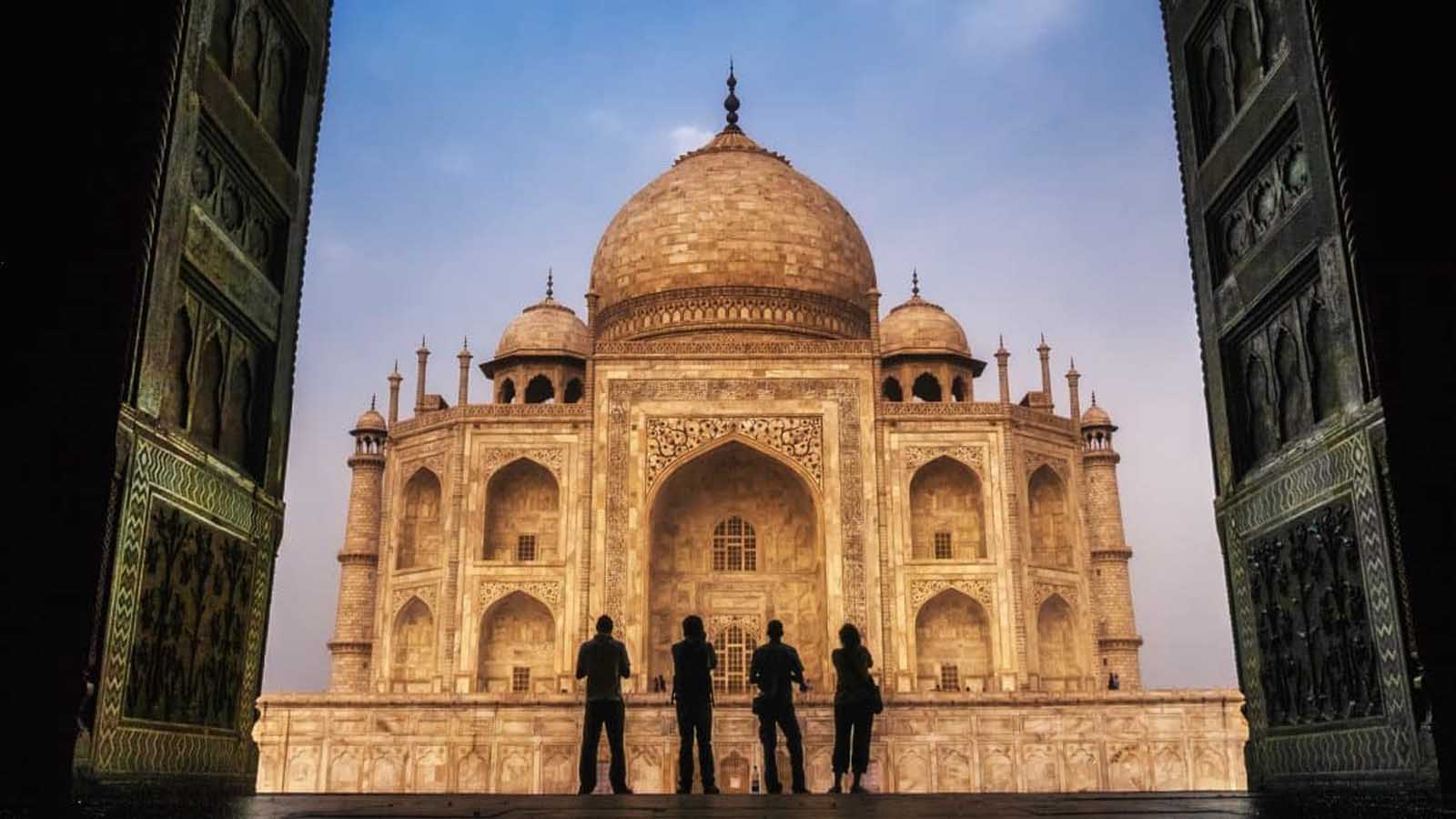
Finally, in 1947, after years of struggle and sacrifice, India achieved its long-awaited independence from British colonial rule. The Indian subcontinent was partitioned, creating two separate nations: India and Pakistan. While this historic moment marked the birth of the world’s largest democracy, it also led to severe communal violence and mass migrations, leaving a lasting impact on the region.
India’s journey from colonial subjugation to self-governance was a transformative period in its history. The legacy of Mahatma Gandhi and the fight against British colonial rule has deeply shaped India’s identity as a sovereign nation, committed to democracy, diversity, and social justice.
These facts about India make the country even more interesting, and you can see why so many people visit each year. If you’re ever interested in traveling to India, hopefully, these facts help prepare you for your trip.
Plan your Next Trip to India with these Resources
- Udaipur – Things to do in The Most Romantic City in India
- Popular Indian dishes – Best Indian Cuisine to Try at Home and Abroad
- Holi India – Celebrate the Festival of Colors
- Golden Temple of Amritsar – India’s Shining Star
- 6 Reasons why you should visit North East India
- 13 Essential Items for India, and 5 We Wish We Had

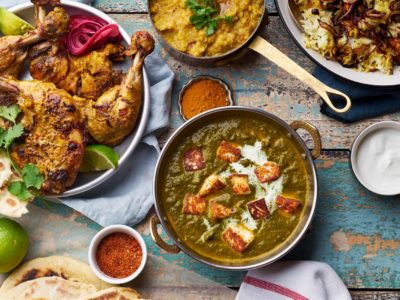
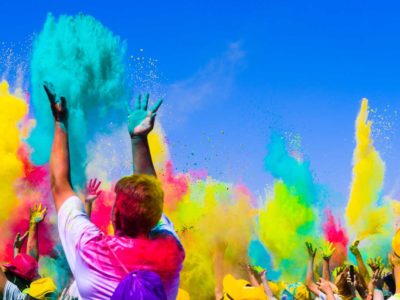
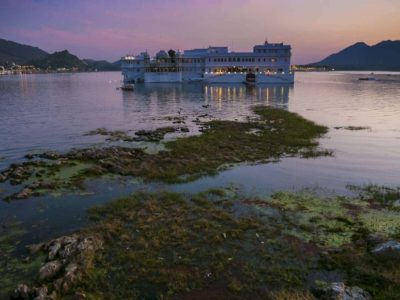
Glad to see Mawsynram from Meghalaya on the list. I have been there a couple of times. There is a new destination – Mawlyngbna near Mawsynram very popular for adventure activities like Kayaking, Cliff Jumping and river canyoning.
Languages are the most diverse in India. For example, in Nagaland of Northeast India, there are 17 Naga ethnic groups. However, each speak their distinct local dialect different from each other.
Worth reading this article. Impress to know all this informations about India. Hidden Mosque and temples, the second largest population, the temple of mouse etc. Never regret passing through guys. Thanks so much
Thanks for sharing this article with us.
Its a amazing post And helpful for people .
Keep it up .
Thanks for sharing these facts. It is very helpful for the people who want to know and visit anyplace in India.
truly awesome facts about India and the places of India.